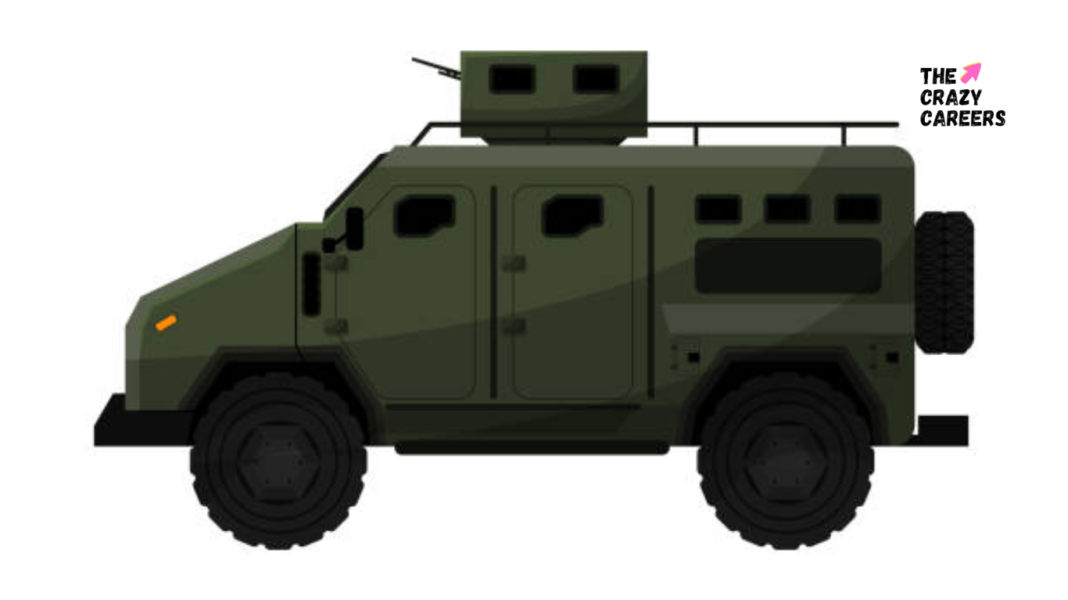IIT Madras researchers have made significant progress in enhancing the safety of armoured personnel vehicles (APVs). They are focusing on the development of composite plates with hyperplastic material coatings. This innovation aims to improve blast mitigation and protect against improvised explosive devices (IEDs). This work was done by Dr. Agesh Markose and Dr. C. Lakshmana Rao of Department of Applied Mechanics at IIT Madras.
Need of the Research
Increasing terror attacks and the development of IEDs pose a serious threat. Traditional flat steel plates are not sufficient to handle such blasts. Therefore, there is a need for more advanced protective structures. Composite plates, consisting of steel with polyurea coatings, offer a promising solution. These coatings deflect and absorb most of the blast load. Polyurea, a hyperplastic material, enhances the plate’s ability to mitigate blast impacts.
Link to the Research – Effectiveness of Polyurea Coated Steel Plates in Blast Mitigation in Vehicles
Special Features of the Research
IIT Madras researchers use Abaqus Explicit to develop numerical methods for blast loading of structures. These methods are validated against published results. Once validated, they assess the effectiveness of protective structures under blast loading. The main focus of this research is the mechanical response of V-shaped plates, which are ideal due to their geometric advantages in deflecting blasts. Validation studies involve generating blast loads and studying their interaction with V-shaped plates, comparing plates with and without polyurea coatings. This comparison is essential to understand the coatings’ effectiveness. Researchers use blast functions to model the shock waves generated during blasts, crucial for accurate simulation. The numerical work involves a full-scale V-shaped plate made of mild steel, with various polyurea coating thicknesses: 16 mm, 16×2 mm, and 16×4 mm.
Future Scope
The research studies the impulse transmitted to the base structure and the resulting deformations, comparing these factors with and without polyurea coatings. The study finds a significant reduction in the transmitted impulse with polyurea-coated V-plates, crucial for enhancing APV safety. The results help in obtaining optimized plate designs that offer better protection against blasts and improve overall APV safety. IIT Madras researchers are making strides in the field of blast-resistant structures. Their work on composite plates with polyurea coatings shows promising results, potentially greatly enhancing the safety of armoured personnel vehicles in blast scenarios.
Also Read | Indian Researchers Revolutionize Oil Refinery Wastewater Treatment with AI
By focusing on numerical methods and detailed simulations, IIT Madras researchers contribute to a safer future. Their research provides valuable insights for optimizing protective structures and improving blast mitigation techniques. IIT Madras researchers continue to lead the way in developing advanced solutions for real-world challenges. Their dedication to improving safety and protection in high-risk environments is commendable.




